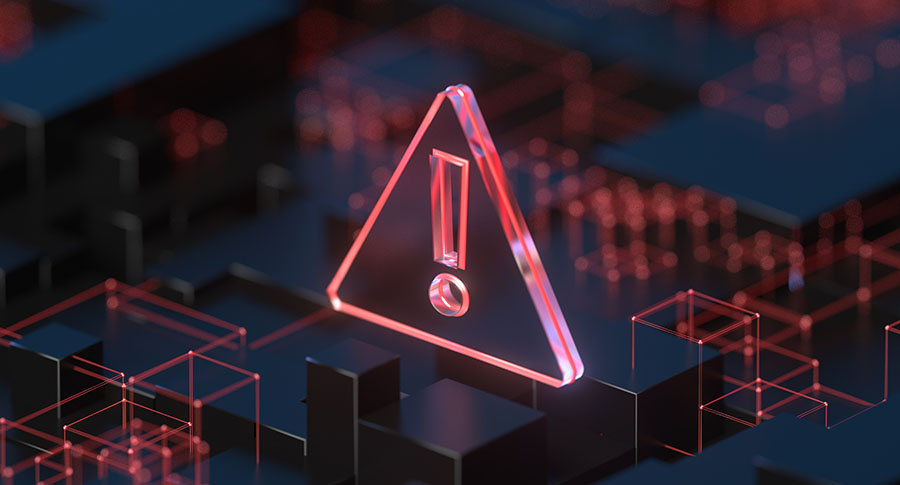Remember the fable of the boiling frog? The parable describes how a frog is placed in a pot of water, and the water temperature is gradually heated. The slow deterioration of the frog’s environment goes unnoticed until it is too late. The idea that we can be blind to slow, negative changes is a real challenge in managing business IT. On the one hand, we want to be careful to avoid overspending on technology, but on the other hand, if we are too slow to invest in upgraded or replacement equipment, we may just be boiling our IT budget alive.
True Cost of Ownership
Managing costs in IT requires a long-term perspective. Organizations must evaluate the sticker price of technological investments and the true cost of ownership associated with those investments. Many organizations struggle to factor in the cost of ownership of their team’s workstations.
The Boiling Cost of Workstation Ownership
Imagine a scenario where your most productive team member has their productivity decline by 5-10% each year. The reality is you don’t have to imagine. It is already happening. Our teams rely on technology to complete their jobs, and a core piece of that technology is the computer they use to complete their work. Every application added and every file saved on the workstation will slowly work toward degrading its usefulness and efficiency. The day-to-day changes are almost imperceptible to end-users, but they begin to have an impact over time.
Programs take a little bit longer to open, files take a little longer to save, and starting up or restarting the machine takes longer and longer. This slowly declining performance can add up very quickly. After four or five years, an outdated workstation could be costing your organization thousands of dollars in lost productivity. This lost productivity may not show up directly in your P&L, but it is a hidden expense that often far outstrips the cost of updating your business technology.
Spend Two and Get Three Back
Appropriate technology lifecycle management is one of the easiest ways to improve your business’s bottom line. Understanding the true cost of ownership, especially as it relates to outdated end-user equipment, can save your organization money and help drive productivity. Maintaining a lifecycle management plan and replacing workstations every 3-5 years is one of the best investments your organization can make. Keeping your workforce’s technology up to date is one situation where the return on investment is immediate. It is truly a case of spending two and getting three back.
Organizations must evaluate not only the sticker price of technological
Investments, but the true cost of ownership associated with those investments.


